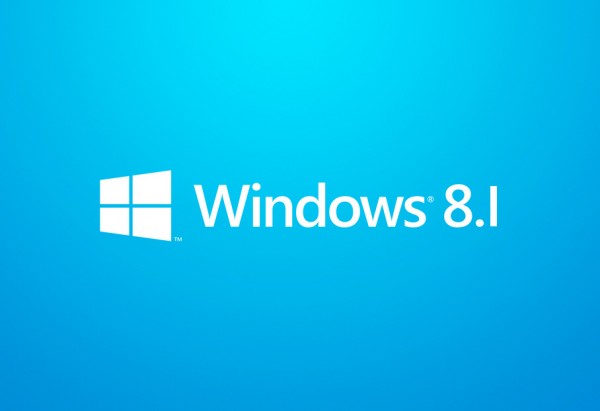As a major software update, the Windows 8.1 strikes a good balance between consumers’ view on useful features and Microsoft’s view of maintaining relevancy in the mobile-oriented tech market.
While, Windows 7 was a great enhancement over the failed Windows Vista, the original Windows 8 was received without much excitement among users. But with the new Windows 8.1, the company hopes that the new software version will be users’ good graces. Here are reasons that tablet users should immediately upgrade their device to the newer Windows 8.1:
- Useful built-in apps: Windows 8.1 could keep users occupied with a variety of useful built-in apps. As an example, the Mail app has been significantly overhauled. It offers the “pin” feature that could help user accesses folders easily. The Internet Explorer 11 has been optimized for the cloud environment – it could access tabs of IE 11 running on different machines if users are logged into their Microsoft cloud account. The Skype app now features new enhancements that allow users to connect with social networking services, such as Facebook.
- Better File Explorer: The File Explorer finally receives the much-needed facelift and tablet users still find it much easier to handle the interface. Locating individual files can’t be much faster thanks to the improved search function.
- Selectable style: Windows 8.1 no longer locks users into the standard Metro interface, as an example, they can choose to stick with the standard tile-based design. Users who are more comfortable with desktop experience can also have that.
- Better instructions: Microsoft finally realizes that the original release of Windows 8 was an educational obstacle for some users. The new Windows 8.1 comes with a variety of tips on how to use specific features. From changing settings to starting apps, the new operating system version provides ample guidelines to assist tablet users get more accustomed with the platform.
- Better multitasking: Multitasking on Windows 8.1 has gotten much better; it allows tablet users to switch between apps more quickly. They can also run a couple of apps in 50:50 layout, unlike the traditional one-big layout. Users can add more tiles on the Start screen directly from within the single pane.
- The Start button has returned: The Start button-based layout was criticized for being outdated when it still incorporated with the Windows 7, but users have called on the company to bring it back when it didn’t arrive with the Windows 8. The button is indeed back in Windows 8.1 and upon clicking it, tablet users can directly access preferred apps
- Mouse-friendly interface: Many Windows 8 tablet owners choose to use mouse to handle more complex tasks, such as graphics editing and gaming. Unfortunately, they consider the Start interface is harder to use when the mouse is connected. Microsoft has addressed this situation by supporting higher resolutions and allowing the use different tile sizes. Now, mouse users don’t have to move cursors too far when opening apps. Unlike the original Windows 8 release, the Windows 8.1 isn’t a touch-first platform.
- Better search function: One major complaint among Windows 8 tablet users was the less capable search function. With single search bar, users can locate anything from finding individual files in local storage to searching information from the Web. It is also possible to use the search pane to launch apps directly from the OS.
- Better security features: It would be rather difficult to be disappointed with security enhancements introduced by Windows 8.1. The Windows Defender feature now includes improved anti-spyware and antivirus protection. The new software version also allows for enhanced biometrics capability.
- Device lockdown: The device lockdown feature is particularly useful for Windows 8.1 users. It allows users run only one special-purpose app. It should work nicely with public-use apps in stores or educational apps in school. When the feature is enabled, users can only access an app specified by the administrator.
